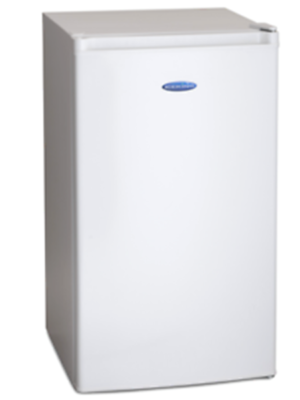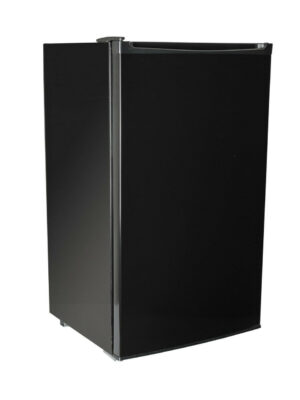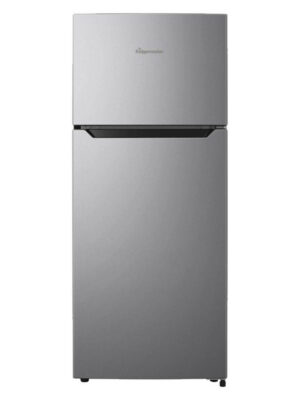When buying a motorhome, you want to make a sound investment. We’ll cover the average life of a motorhome, reliable brands, and what to look for when choosing a second-hand motorhome in this guide.
What Is the Most Reliable Motorhome?
When considering reliability in motorhomes, several brands stand out due to their proven quality, craftsmanship, and customer satisfaction.
Winnebago is often regarded as one of the most reliable motorhome manufacturers. Known for their durable construction and innovative designs, Winnebago models like the Vista and Micro Minnie have strong reputations for performance and longevity.
Airstream is another highly regarded brand, especially in the travel trailer segment. Their iconic aluminium construction not only provides a unique aesthetic but also contributes to durability and reliability over time. Airstream models maintain their value exceptionally well, thanks to their quality materials and construction.
Jayco is also known for reliability, offering a range of motorhomes like the Greyhawk and Redhawk. They emphasise quality control and customer support, often providing longer warranties compared to competitors.
Although you can trust certain brands to be reliable, there are certain key traits to look for when buying a motorhome to ensure comfort and longevity, such as:
- High-quality materials
- Robust construction
- Effective insulation
- Solid chassis design
- Efficient engines
- Strong customer service network
So make sure to shop around to buy the best motorhome for you.
What Is the Average Life of a Motorhome?
The average lifespan of a motorhome can vary significantly based on several factors, including the type of motorhome, maintenance practices, and usage. Generally, the average life of a well-maintained motorhome is 20 to 30 years, with some models lasting even longer.
Class A motorhomes, being larger and often built on more robust chassis, typically have a lifespan of 10 to 20 years if properly cared for. In contrast, Class B motorhomes (camper vans) can often last longer due to their simpler construction and lower mileage, averaging 15 to 25 years.
Class C motorhomes, which are a middle ground, generally fall into a similar lifespan range as Class A, around 10 to 20 years.
Key factors affecting longevity include regular maintenance, storage conditions, and how frequently the motorhome is used. Motorhomes that are stored indoors and serviced regularly tend to last longer. Ultimately, with diligent care, a motorhome can provide years of travel enjoyment.
How to Maintain Your Motorhome Well
Maintaining your motorhome properly is crucial to extending its lifespan and ensuring a safe, enjoyable travel experience. Here are key maintenance tips to keep your motorhome in top condition:
- Regular Inspections
- Routine Maintenance
- Cleaning
- Battery Care
- Proper Storage
- Appliance Maintenance
To extend the lifespan of your motorhome, conduct regular inspections of both the interior and exterior. Check for signs of wear, water damage, and leaks, especially around the roof, windows, and seals. Inspect the tyres for tread depth and cracking. Follow the manufacturer’s maintenance schedule, ensuring routine oil changes, tyre rotations, and fluid checks. Regularly maintain the engine, transmission, and brakes to avoid costly repairs.
Keep the motorhome clean inside and out to prevent corrosion, mould, and odours, paying special attention to the kitchen and bathroom. Monitor the battery’s condition, clean the terminals, and use a battery maintainer during long storage periods. When not in use, store your motorhome in a dry, sheltered area with a breathable cover to prevent moisture and UV damage. Finally, ensure that appliances such as the refrigerator, heater, and air conditioning unit are in good working order for optimal performance.
Is it Bad to Leave Your RV Plugged in All the Time?
Leaving your RV plugged in all the time has both benefits and drawbacks, depending on your electrical management.
Plugging in your RV can help keep the batteries charged, especially with modern smart chargers that prevent overcharging, ensuring readiness for your next trip. It also allows you to use appliances and systems like heating and cooling without worrying about draining battery power.
However, older chargers might lack overcharge protection, leading to battery damage or reduced lifespan, so continuous charging can be harmful if the charger doesn’t have a maintenance mode. Keeping the RV plugged in when not in use can also lead to unnecessary energy consumption which can also wear out appliances faster and increase the risk of damage from heat or moisture.
For best practice:
- Use a smart charger that adjusts the charging rate based on battery status
- Regularly inspect batteries and appliances if plugged in for long periods
- For extended periods of non-use, unplugging and using a battery maintainer is advisable
By following these practices, you can enjoy the benefits while minimising potential issues.
Tips for Buying a Secondhand Motorhome
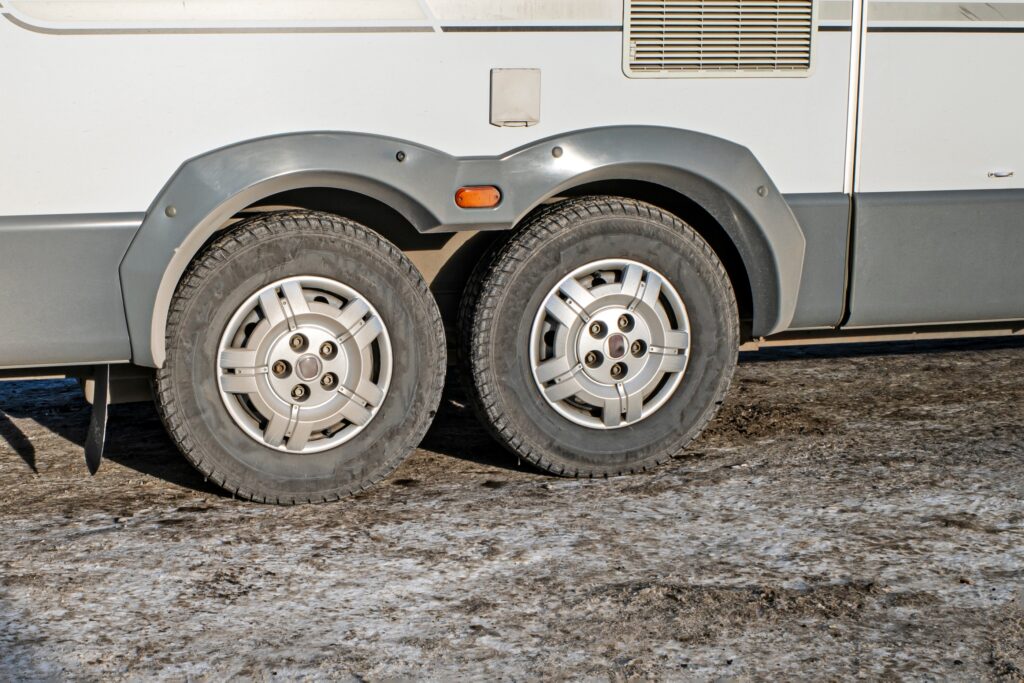
When inspecting a second-hand motorhome, focus on these areas to ensure you’re making a good investment
Look at the Mileage
When evaluating the mileage on a second-hand motorhome, you’ll want to look for a certain range to know it has a good life ahead of it. Here’s a general guideline for what might be considered good and acceptable mileage:
Under 30,000 miles is very low mileage showing the motorhome has not travelled much so is likely to be in excellent condition, provided it’s been well-maintained.
Between 30,000 and 60,000 miles is the average mileage for a second-hand motorhome, so it is likely to be well-used but still have a high performance.
If the mileage is over 60,000 miles, you should be more cautious. While still viable, the motorhome may require more maintenance, so it’s essential to check for service records and overall condition.
If the mileage is over 100,000 miles, you can expect wear and tear and the need for more frequent repairs.
Beyond the mileage, the age and condition of the vehicle have a significant impact on its lifespan, as an older motorhome with lower mileage might still have issues due to age, such as outdated appliances or deteriorating materials. But a motorhome that has been well cared for, regardless of mileage, can be a better investment than one with low mileage but poor maintenance.
Ultimately, while mileage is a crucial factor, it’s essential to evaluate the overall condition and maintenance history of the motorhome to make a well-informed decision.
Check for Damage
When inspecting a motorhome, it’s important to check both the exterior and interior conditions, as well as its mechanical and electrical systems.
Start by examining the structural integrity and exterior condition. Look for any damage on the outside that may give way to leaks.
Inspect the seams, windows, and doors for cracked or missing sealant that could lead to water damage. It’s also essential to check the frame and chassis for rust or structural issues, especially underneath where corrosion can occur on the chassis.
Next, move inside and assess the interior condition and appliances. Look for signs of water damage, such as stains, mould, or soft spots on the walls and ceilings, which might indicate leaks. Check under sinks and around the shower for moisture.
Test all appliances, including the refrigerator, stove, and heater, to ensure they are functioning properly, and inspect the furniture, upholstery, and flooring for tears, stains, or excessive wear.
Lastly, evaluate the mechanical and electrical systems.
For motorised units, check the engine for leaks and listen for any unusual noises during a test drive. Review the service history to confirm regular maintenance. Test the electrical systems, including lights, switches, and outlets, and check the battery for signs of corrosion. Finally, inspect the brakes for wear and the tyres for tread depth, ensuring there are no cracks or bulges in the sidewalls.
Assess the Amenities
Check the layout and living space to see if it meets your requirements for comfort and functionality. Look for any upgrades (solar panels, upgraded tyres, etc.) that could add value to the motorhome.
Test Drive
Take the motorhome for a test drive to assess its handling, engine performance, and any unusual noises. A smooth ride is a good sign of a well-maintained vehicle. Test driving also lets you ensure that the driving position and interior layout are comfortable for your needs.
Trust Inlander Low Voltage to Kit Out Your Motorhome!
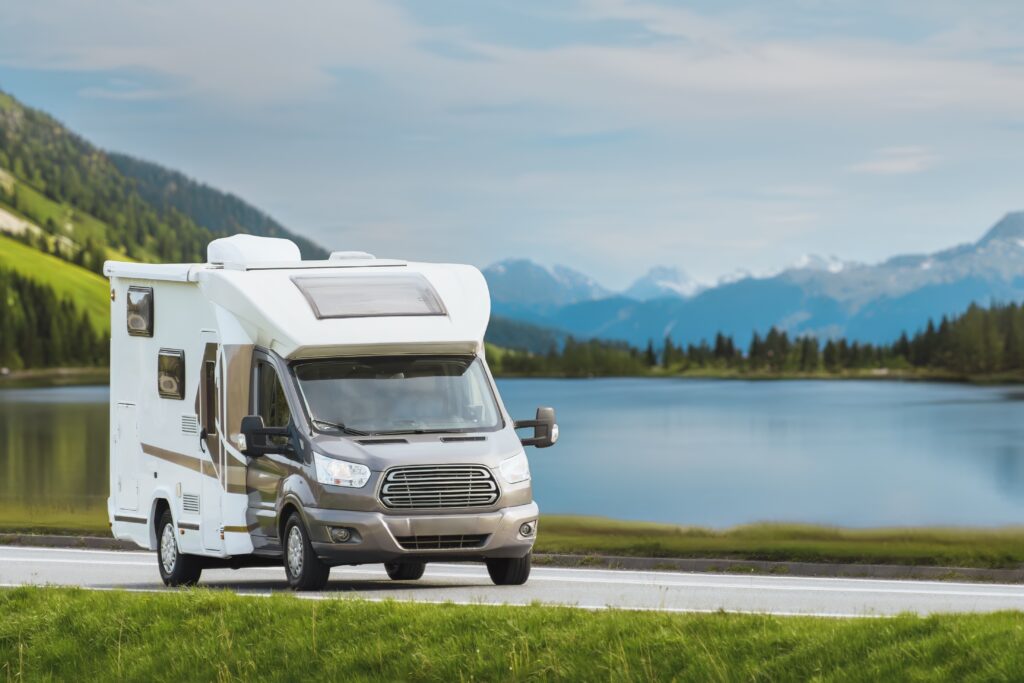
Inlander Low Voltage proudly supplies motorhomes with necessary electrical appliances so you can travel and live in your motorhome comfortably.
Check out our other guides on motorhomes:


